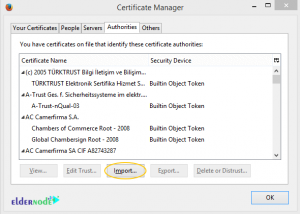

Enter your Burp Proxy listener address in the "HTTP proxy" field (by default, 127.0.0.1).

Select the "Manual proxy configuration" radio button. Firefox - Go to the Firefox menu, click on Options, click on Advanced, go to the Network tab, and click on the Settings button in the Connection section.This will open the relevant configuration options for your host computer. If you aren't sure where the built-in proxy settings are, open Chrome, go to the Customize menu, select Settings, click on "Show advanced settings", and click the "Change proxy settings. If you are using Chrome, you can open your computer's built-in browser and follow the instructions for configuring that. Chrome - The Chrome browser picks up the HTTP proxy settings configured on the host computer.Then click "OK" to close all of the options dialogs. Delete anything that appears in the "Exceptions" field. Make sure the "Use the same proxy server for all protocols" box is checked. Make sure the "Bypass proxy server for local addresses" box is unchecked. Enter your Burp Proxy listener port in the "Port" field (by default, 8080).

Enter your Burp Proxy listener address in the "Address" field (by default, 127.0.0.1). Make sure the "Use a proxy server for your LAN" box is checked. Make sure the "Use automatic configuration script" box is unchecked. Make sure the "Automatically detect settings" box is unchecked. Internet Explorer - Go to the Tools menu, select Internet Options, go to the Connections tab, and click on the "LAN settings" button.
#CONFIGURE FOXYPROXY FOR BURP SUITE HOW TO#
The details of how to do this vary by browser and version, but are roughly as follows: To do this, you need to change your browser's proxy settings to use the proxy host address (by default, 127.0.0.1) and port (by default, 8080) for both HTTP and HTTPS protocols, with no exceptions. Secondly, you need to configure your browser to use the Burp Proxy listener as its HTTP proxy server. See the Proxy listeners help for more details. You will need to select the table entry, click "Edit", and change the port number of the listener to a different number. If the listener is still not running, then Burp was not able to open the default Proxy listener port (8080). If this is not the case, try pressing the "Restore defaults" button to the left of the panel. You should see an entry in the table with the checkbox ticked in the Running column, and "127.0.0.1:8080" showing in the Interface column. Go to the Proxy tab, then the Options sub-tab, and look in the Proxy Listeners section. To do any kind of testing with Burp, you need to configure your browser to work with it.įirstly, you need to confirm that Burp's Proxy listener is active and working. Burp functions as an HTTP proxy server, and all HTTP/S traffic from your browser passes through Burp. Configuring your browser to work with Burp Suiteīurp is designed to be used alongside your browser.


 0 kommentar(er)
0 kommentar(er)
